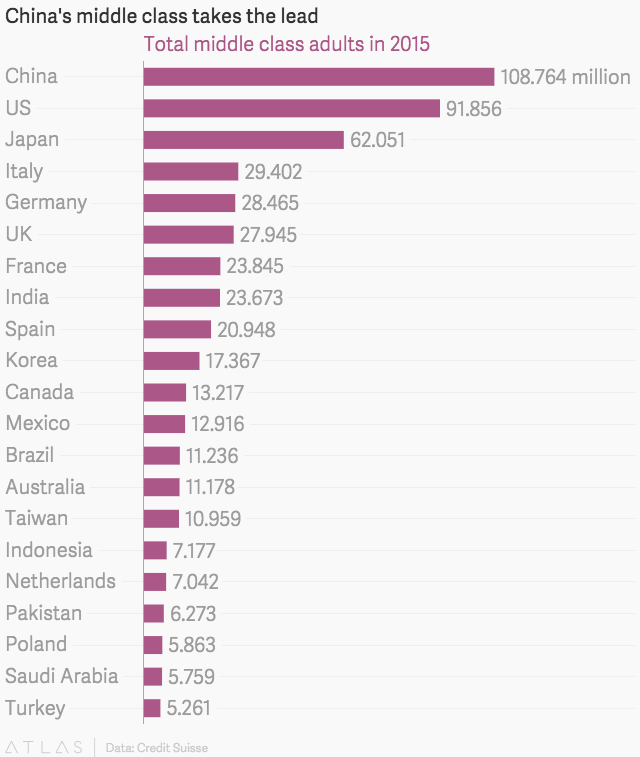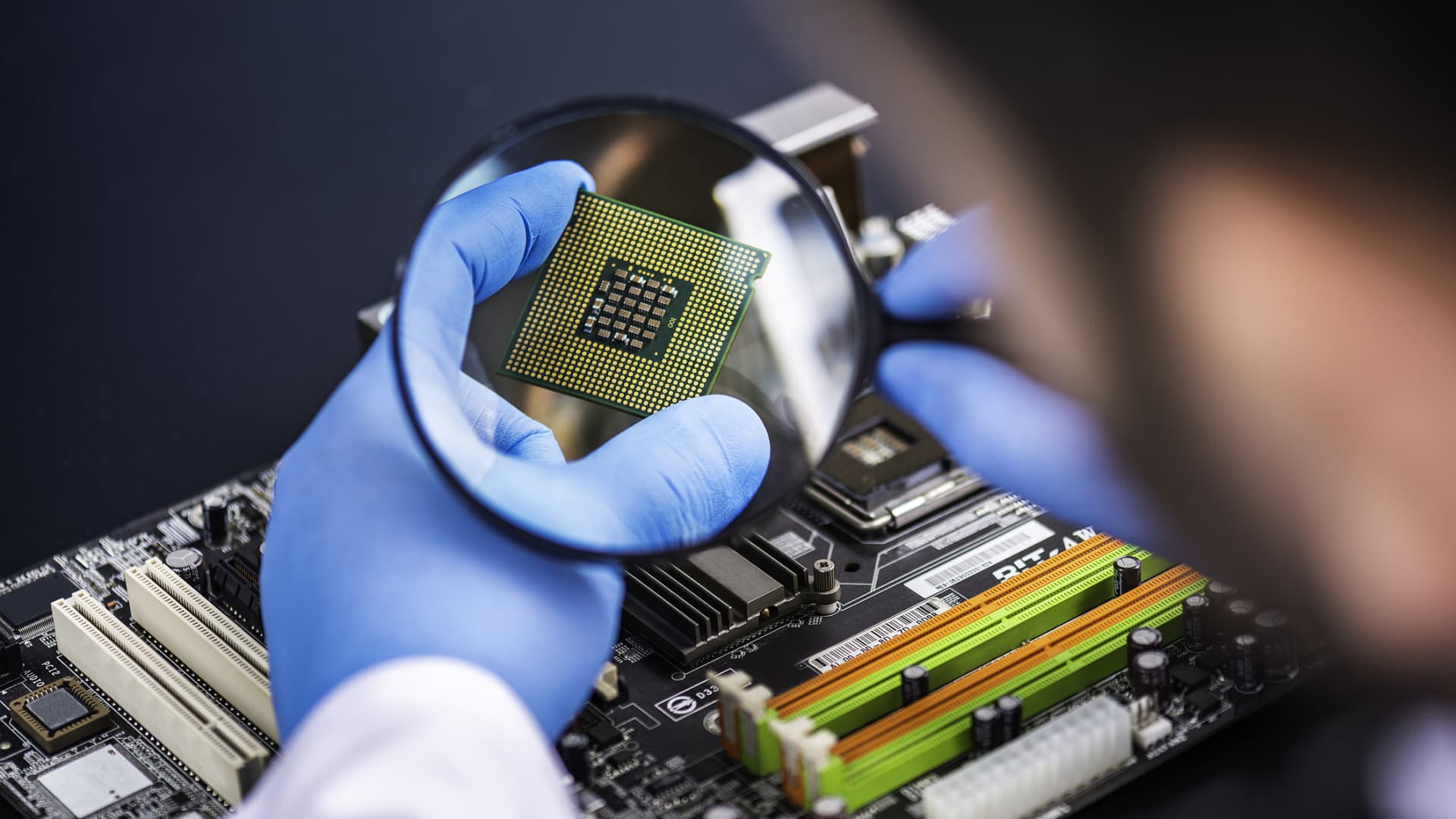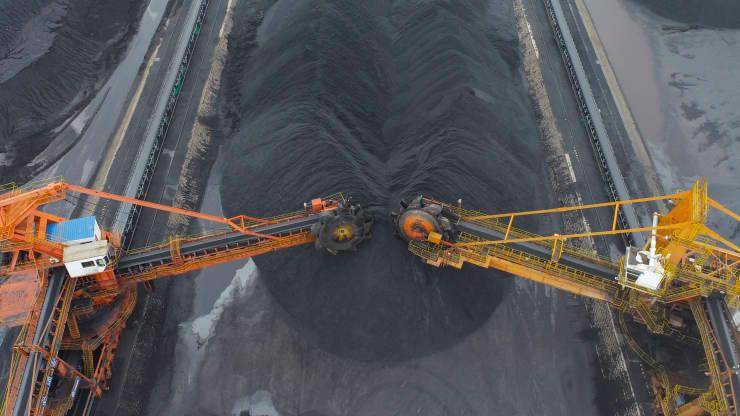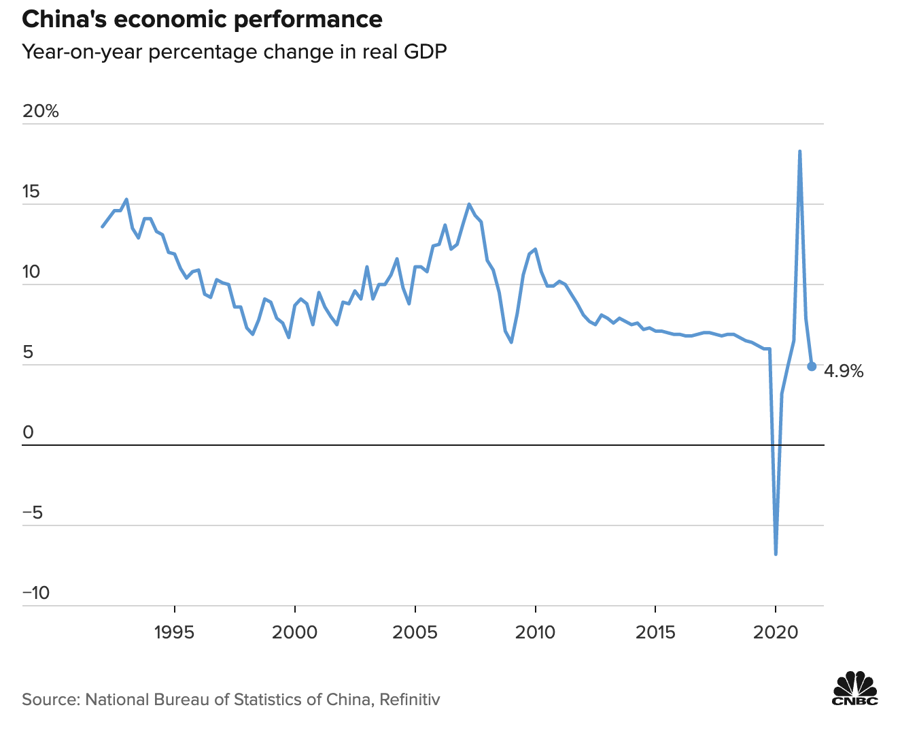Welfare system, and 街道 (neighborhood committee)How does China keep track of their unemployed people ?
中文名 最低生活保障制度 外文名 Subsistence Security System
Welfare system, and 街道 (neighborhood committee)How does China keep track of their unemployed people ?
How many Cnese among 800 million workforces got their income increased ??His income being slashed? so if someone's income increased 400% in China, you believe China's average income increased 400%? if you have a brain, use it.
If you have no income at all, in my city, you get 1100 yuan (200USD) per month from the government, houses will be provided by the government, 廉租房, you only need to pay a token rent. Different cities and provinces have different standard based largely on the local cost of living, for details, check the chart.Shouldn't the welfare system not be enough. I assume that all born and living in China is registered in this system, and whether they work and such. Why do you need the neighborhood committee ?
does government support require the receiver to be actively searching for a job ? and you got a jobcenter that helps people find job ?If you have no income at all, in my city, you get 1100 yuan (200USD) per month from the government, houses will be provided by the government, 公租房, you only need to pay a token rent. Different cities and provinces have different standard based largely on the local cost of living, for details, check the chart.
I've never been on welfare, but I personally know some tricky people getting the welfare from the government every month while secretly working some other jobs, this system does have loopholes.does government support require the receiver to be actively searching for a job ? and you got a jobcenter that helps people find job ?
Its very hard to find good job that pay u enough to survive in CN now (abt 1000 usd per month) while factories jobs only pay u from 500usd to 750 usd per month and u have to work very hard but still not enough to survive, let alone rasing kids .does government support require the receiver to be actively searching for a job ? and you got a jobcenter that helps people find job ?
Are you crazy? How long have you lived in China? Do you have the faintest idea on what you are talking about?Its very hard to find good job that pay u enough to survive in CN now (abt 1000 usd per month) while factories jobs only pay u from 500usd to 750 usd per month and u have to work evry hard but still not enough to survive .
Stop talking nonsense anymore, bro. When ask abt jobs earning 1000 usd per month in CN, u only mention abt Food delivery jobAre you crazy? How long have you lived in China? Do you have the faintest idea on what you are talking about?
Almost every job, how long have you lived in China?Stop talking nonsense anymore, bro. When ask abt jobs earning 1000 usd per month in CN, u only mention abt Food delivery job
pls Tell me what else can CNese do to get 1000 usd per month ?? and how many CNese, among 800 million workforces, can get those jobs ??
"The middle class in China now amounts to 109 million people, putting it ahead of the US – where they number 92 million - for the very first time, according to the Credit Suisse report, which equates middle-class wealth to holding assets (mostly financial and real estate) in the region of US$50,000 to US$500,000."

Sounds like every NEET's dream.China has a very strange policy, every business has to pay taxes for "disabled people", but if your business hired one disable person, you don't have to pay this tax, if you hire more than one, you get handsome subsidies from the government, so all business are fighting for disabled people, a disabled person doesn't have to go to work, they just registered with several businesses showing they are employed by them, and get tens of thousands every month at home.
Many say the best meal ticket one can possibly get is 残疾人证 (government issued card for disabled people)
View attachment 34618
Almost every job ?? what else after food delivery that will not hire Cnese over 35 year old ??
35?China produces the world most young billionaires, this is about the same age for this job.Almost every job ?? what else after food delivery that will not hire Cnese over 35 year old ??


Lol, western politicians and media has been asking this question for 4 decades, I think China had already answered them.“The question is always, who’s next?”
While these companies are designing their own chips, they might still have to rely on foreign tools to do so. But when it comes to manufacturing and the broader supply chain, China’s internet giants are still heavily dependent on foreign companies.This is a step in becoming more self-sufficient in semiconductors but a small one.
Peter Hanbury
PARTNER, BAIN & COMPANY




